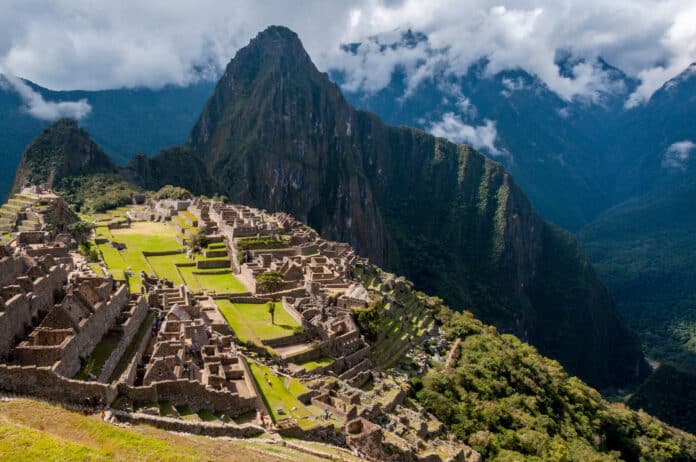Machu Picchu originally functioned as a palace within the estate of the Inca emperor Pachacuti. It is arguably the best-known archaeological site in the Western Hemisphere, attracting over a million travelers worldwide.
Before this study, little was known about the people who lived and died there, where they came from, or how they were related to the inhabitants of the Inca capital of Cusco.
The servants and retainers who lived, worked, and perished at Machu Picchu may have been a diverse population spanning many different ethnic groups from throughout the Inca empire, according to genetic research.
The genetic information results from the first examination of the genomic variety of those interred at Machu Picchu and nearby locations around Cusco, the Inca capital. It expands on other archeological and bio-archaeological studies, such as a 2021 Yale-led investigation that revealed Machu Picchu (AD 1420–1530) to be older than previously thought.
Archaeologist Richard Burger, the Charles J. MacCurdy Professor of Anthropology in Yale’s Faculty of Arts and Sciences, said, “The DNA analysis not only confirms the historical accounts that retainers were drawn from many different ethnic groups under Inca control, but it also demonstrates a much greater diversity of origins than had been suspected with individuals being brought from the entire empire.”
“Our analyses show that the population at Machu Picchu was highly heterogenous, with individuals exhibiting genetic ancestries associated with groups from regions throughout the Inca empire including the coast, highlands, and Amazonia.”
For the current study, scientists produced DNA data for 34 people from Cusco and 34 from Machu Picchu who were thought to be retainers or attendants assigned to serve the Inca royal family and were buried in Machu Picchu.
Lead author Lucy Salazar, a research associate in Yale’s Department of Anthropology, said, “An unexpected result was the finding that many of the retainers were of Amazonian origin, and about a third of them have DNA reflecting significant amounts of Amazonian ancestry. At least two zones within the Amazonian region are represented.”
“Another unexpected result was that many individuals had mixed ancestries, often from regions distant from each other. The researchers said this suggests that individuals at Machu Picchu were selecting mates from other genetic groups, producing a diverse population unlike those in agricultural villages.”
Co-corresponding author Lars Fehren-Schmitz, a professor at UC-SC and a former Yale post-doctoral researcher, said, “This study does not focus on the life of ‘royals’ or political elites but on the life of those that were brought to Machu Picchu to serve the nobility that lived there and operated the place. Thus, it gives us a unique insight into the life of a highly diverse community of individuals and their families who were subject to Inca forced relocation and resettlement policies, a group usually referred to as retainers or anaconda.”
Co-corresponding author Jason Nesbitt said, “Few individuals buried at Machu Picchu were from the Inca heartland of the Cuzco Valley or the adjacent Lake Titicaca region. He also said the four cemetery areas at Machu Picchu were not organized by genomic origin. Even the individuals buried in a single burial cave represented diverse genomic backgrounds.”
Journal Reference:
- Lucy Salazar, Tichard Burger, Janine Forst et al. Insights into the genetic histories and lifeways of Machu Picchu’s occupants. Science Advances. DOI: 10.1126/sciadv.adg3377
